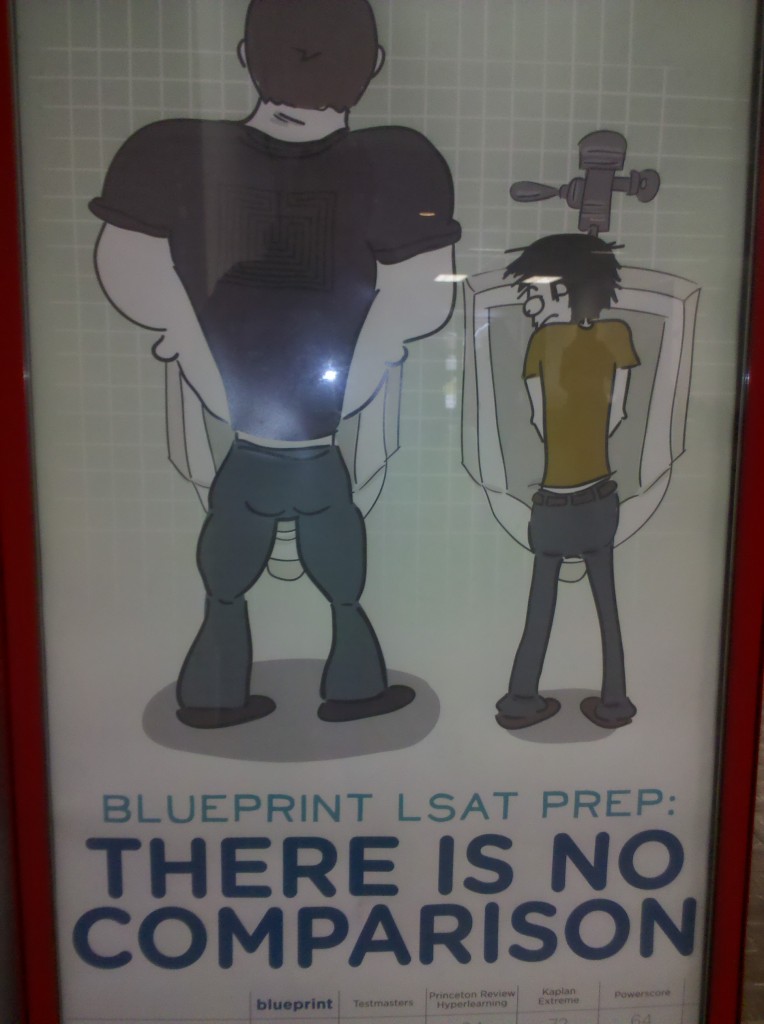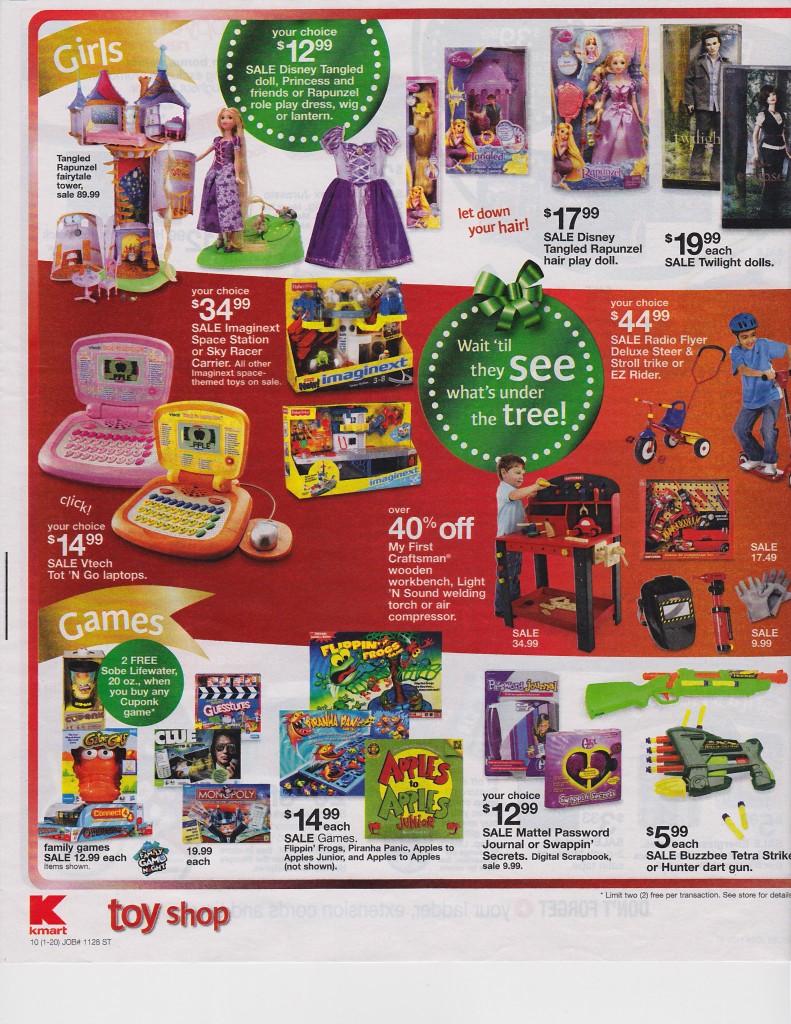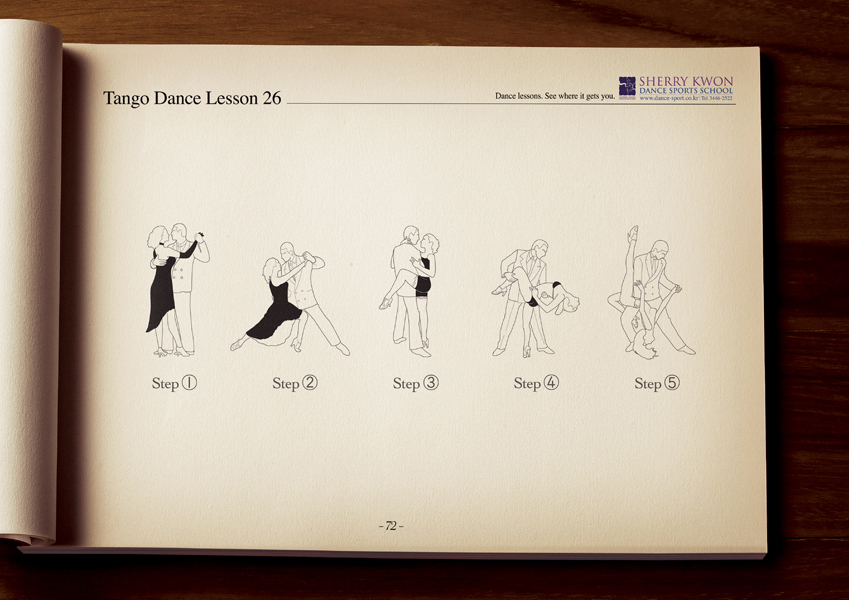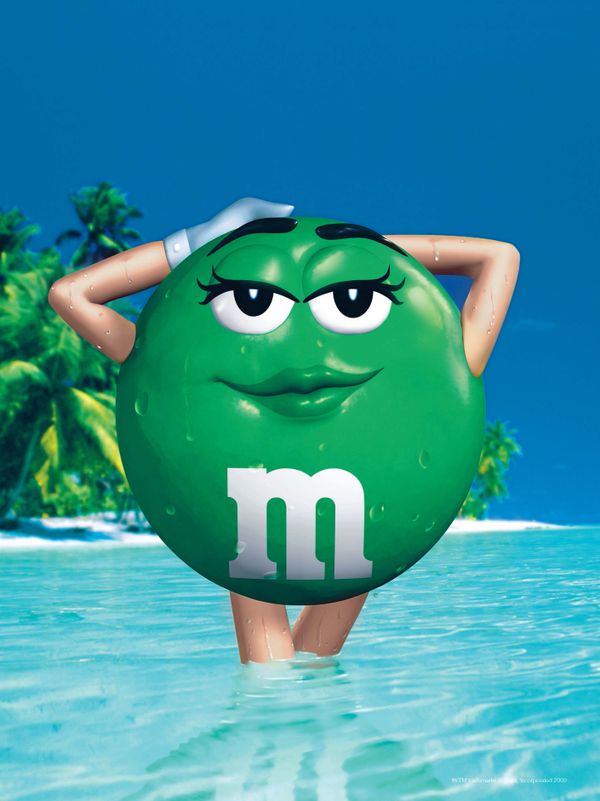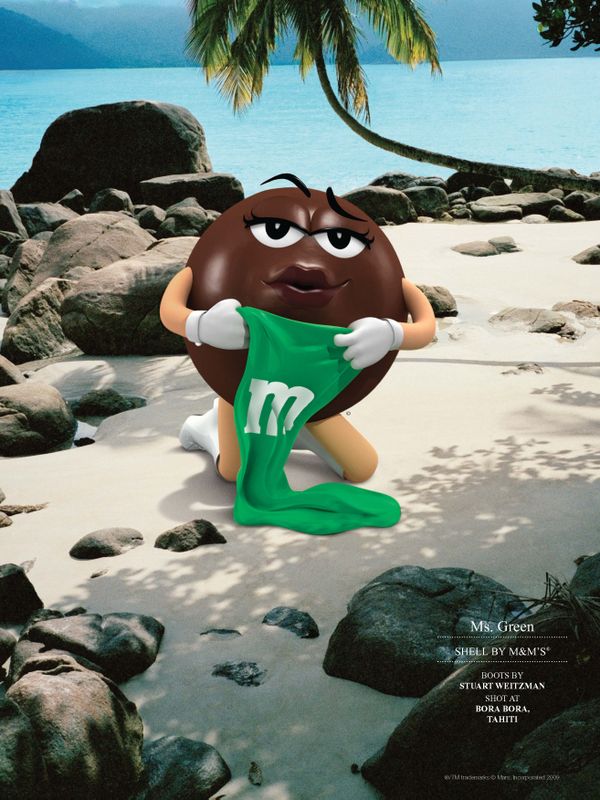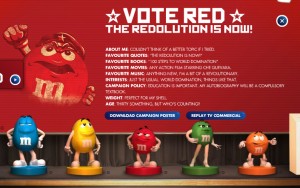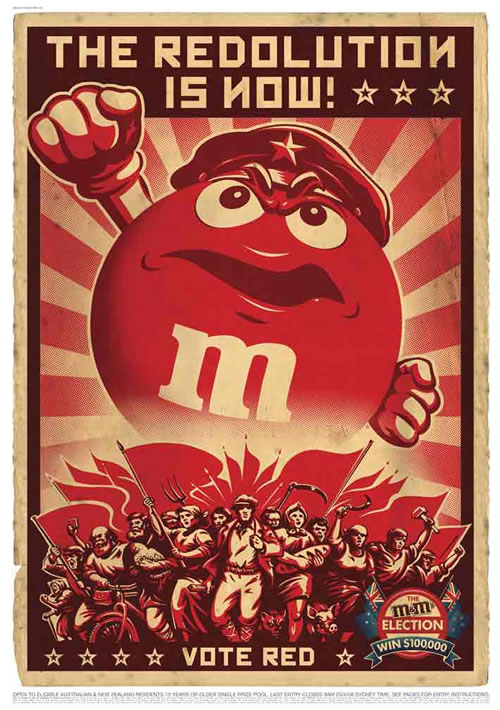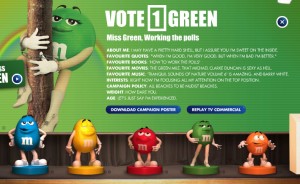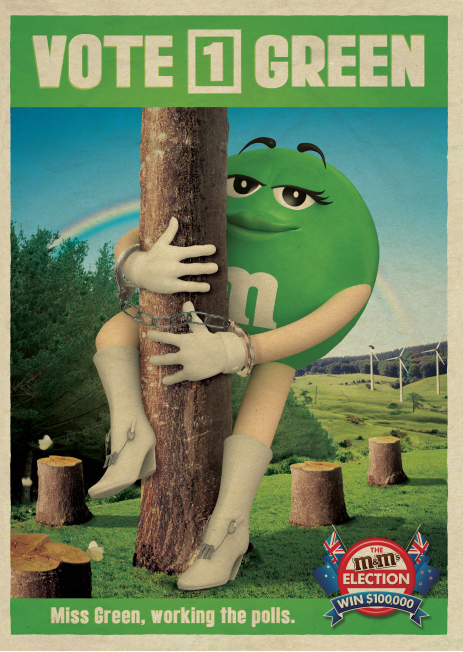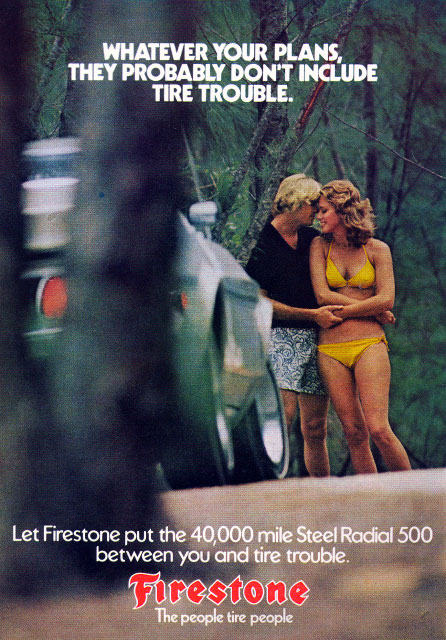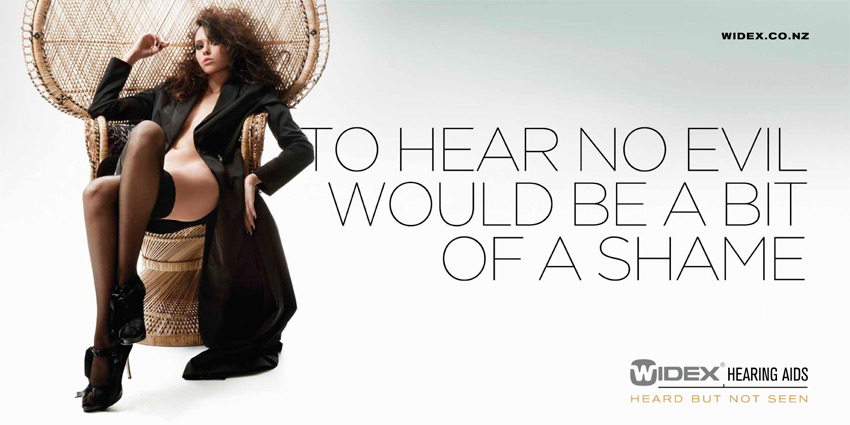Over the past few months, a number of readers have sent in examples of college-related advertising with a distinctly sexual theme. There’s something interesting here. College pursuit, preparation, and achievement are being conflated with sexual prowess (the size of one’s dick, no less). I suppose it was never was really about smarts. Still, the overt conflation of (masculine) sexual superiority with academic achievement seems new to me. Am I wrong?
Scott M. and Ed A-N. sent in which penis size is used as a proxy for preparedness for the LSAT:
Stephanie A. sent in this ad for MyEdu, a college management site (whatever that is) that makes an obvious reference to Viagra (the little blue pill that makes for not-so-little erections):
Last but not least, Becky E. and Monica Y. sent in this facebook ad encouraging women to apply to a school loan by suggesting that very-sexy-ladies do the same:
See also our post: using sex to sell the most unlikely things (like organ donation!).
Lisa Wade, PhD is an Associate Professor at Tulane University. She is the author of American Hookup, a book about college sexual culture; a textbook about gender; and a forthcoming introductory text: Terrible Magnificent Sociology. You can follow her on Twitter and Instagram.

